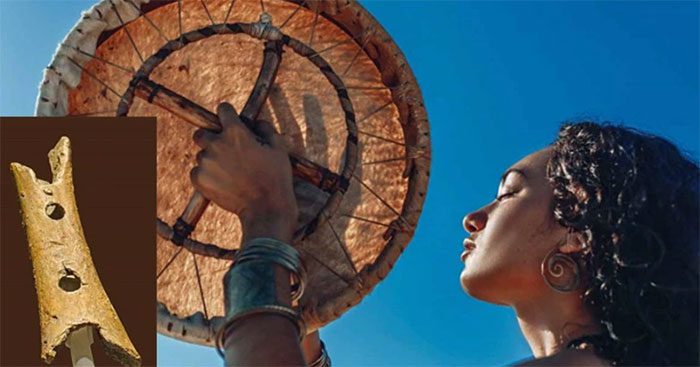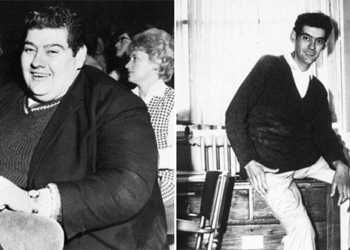To achieve these accomplishments, humanity has traversed many stages in the development of communication methods. But how did ancient people interact on a daily basis?
Through Speech
It is no surprise that “speech” of one form or another was used as the first effort in human communication in ancient times. Sounds and noises were utilized to attract the attention of others and convey simple messages, such as the calls for hunting and warning cries.
Initially, humans did not have language as we know it, nor did they form words or sentences. What they attempted to express could be distinguished by tone, volume, and other characteristics. Additionally, our ancestors seemed to have used body language and hand gestures for interaction.
While basic sounds were practical for communicating with those nearby, some devices were required to transmit messages over long distances. Thus, whistles, horns, and drums were invented later on. The sounds from these tools were often used to send signals related to battle or to perform ancient rituals.
The earliest forms of verbal communication were described as simple and not sufficiently developed for conversation, yet quite useful for self-expression and warnings. Later, ancient people learned to create rhythms, laying the foundation for music and folk songs that followed.
Images…
When the effectiveness of verbal communication diminished, the feasibility of visual communication increased. Sounds, screams, and cries could not explain many events or situations, which is why prehistoric people devised visual codes.
A popular example of visual communication inherited from our ancestors is the use of fire and smoke signals. For instance, if people were stranded in an isolated area without access to modern technologies like phones and the Internet, these ancient visual communication methods could still be applied.
To overcome limitations, ancient people progressed to carving images on walls, trees, rocks, and other natural surfaces to convey information.
Ancient inhabitants used stone tools and sharp objects to carve on hard surfaces, followed by similar tools made of metal. Most of the original carvings depicted animals such as tigers, deer, and birds. Some paintings even illustrated hybrids between humans and animals, possibly inspiring mythical creatures like centaurs and the Minotaur.

Drums and flutes made from animal bones were common communication tools in ancient times.
…And Writing
It is unclear who invented writing first, but it is likely that it was created independently in various regions around the world. The earliest forms of writing originated from pictograms aimed at describing specific objects, gradually becoming more abstract.
The first alphabet consisted of a limited set of distinct syllables that were introduced around 2000 BC. However, most symbols used in written communication did not have specific sounds assigned to them. The primary use of written communication was for calculations and inscribing on tombstones.
Cuneiform writing was used to represent several languages in the Near East, with samples dating back to around 3500 BC.
Ancient Egyptians were the first to establish a suitable and complex writing system for communication around 3100 BC. This system, known as Proto-Sinaitic, is believed to have been developed in the 19th century BC by Canaanite workers in the Sinai Peninsula or in the 15th century BC by Semitic workers living in Central Egypt.
Initial writings were recorded and preserved on stone and gravel surfaces; later, lighter and more convenient papyrus became the standard. Although less durable than clay tablets, papyrus was still a practical alternative for recording large amounts of data.
Ancient Greeks are recognized for creating the first true alphabet around 800 BC. This alphabet included symbols representing vowel sounds and inspired modern alphabets across many generations.
The Romans introduced an alphabet for writing Latin a hundred years later, which is considered a fairly advanced adaptation of the Greek alphabet and served as the foundation for several written languages today.
The first postal system was established by the Persian Empire in the 6th century. The 15th century marked the beginning of the printing revolution. This was followed by the era of Morse code and the telegraph emerging in the mid-19th century. During this same century, Graham Bell invented the telephone. Radio, television, and dial-up Internet were introduced in the 20th century.





















































